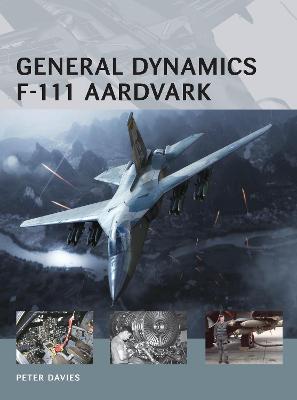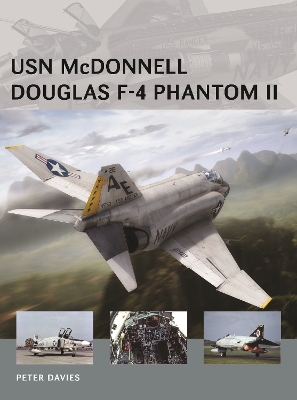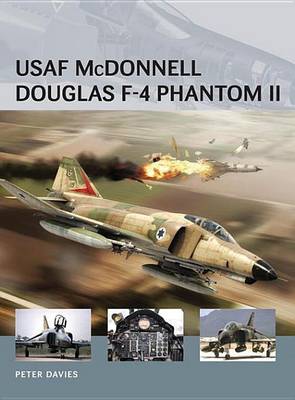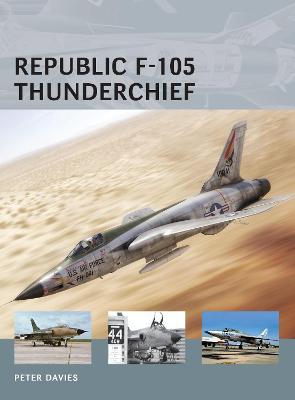Air Vanguard
2 primary works • 4 total works
Book 10
Despite its uncertain start the F-111 proved to be one of the most successful and influential designs of the 1960s. Its radical 'swing wing' was adopted by the F-14 Tomcat, Panavia Tornado and Rockwell B-1B Lancer while its turbofan-type engines became standard in many combat aircraft. F-111 crews pioneered tactics using terrain-following and laser targeting devices that made the F-15E Eagle's missions possible. Its 4,000 low-altitude penetration missions during Operation Linebacker in Vietnam showed how individual aircraft can deliver crippling blows to enemy capability without loss to themselves. The recent retirement of the F-111 from Australian service appears to have created a surge of interest in the type, which hasn't been featured in previous Osprey works.
Book 22
Originally designed as a carrier-borne long-range interceptor armed with radar-guided missiles and tasked with defence against missile-launching bombers, the Phantom II went on to establish itself as one of the most important multi-role fighter, attack and reconnaissance aircraft of the 20th century. Arguably the United States' most important aircraft in the Vietnam War, where it played the role of workhorse as well as being a deadly MiG interceptor, the Phantom was also a mainstay of Atlantic Fleet operations ? intercepting Soviet bomber and reconnaissance aircraft and turning them away from the carrier groups at the height of the Cold War.
This book reveals the design and development history of the naval Phantom, its variants and the exported designs adopted by other NATO countries. Packed with illustrations, photographs and first-hand accounts, it provides a technical history of one of the most famous aircraft ever built.
This book reveals the design and development history of the naval Phantom, its variants and the exported designs adopted by other NATO countries. Packed with illustrations, photographs and first-hand accounts, it provides a technical history of one of the most famous aircraft ever built.
In many respects the most successful, versatile and widely-used combat aircraft of the post-war era the F-4 Phantom II was quickly adopted by the USAF after its spectacular US Navy introduction. Its introduction to USAF squadrons happened just in time for the Vietnam conflict where USAF F-4Cs took over MiG-fighting duties from the F-100 Super Sabre. Although the F-4 was never intended as a dog-fighter to tangle with light, nimble, gun-armed MiGs it was responsible for destroying 109 MiGs in aerial combat. At the end of their careers many of the survivors from the 3,380 'land-based' Phantoms were converted into target drones for training purposes. New aircraft were also built for West Germany, Iran and Israel. The USAF's experience with the Phantom showed clearly that the air-to-air fighter was still a necessity and its decision to fund its successor, the McDonnell-Douglas F-15 Eagle (as well as the F-16 Fighting Falcon and F-22A Raptor) was heavily influenced by the lessons of US and other Phantom pilots in combat.
The Republic F-105 Thunderchief was the fastest and most successful strike fighter of the Cold War. Designed to deliver nuclear weapons at low altitude and then fight its way back to base, by the early 1960s it was the primary weapon in the USAF's tactical strike arsenal. Thunderchief pilots in Europe, the Far East and the USA stood on short-notice alert, ready to take on the formidable defenses of their Communist Bloc targets. The F-105 was, however, to become a legend in a very different conflict. As direct American involvement in Vietnam increased, F-105s were deployed - initially as a deterrent, but ever more as conventional attack fighters against insurgency in Laos and Vietnam. With the start of the bombing campaign against North Vietnam, the Thunderchief became a vital element in attacks against some of the most heavily defended territory in modern history.



